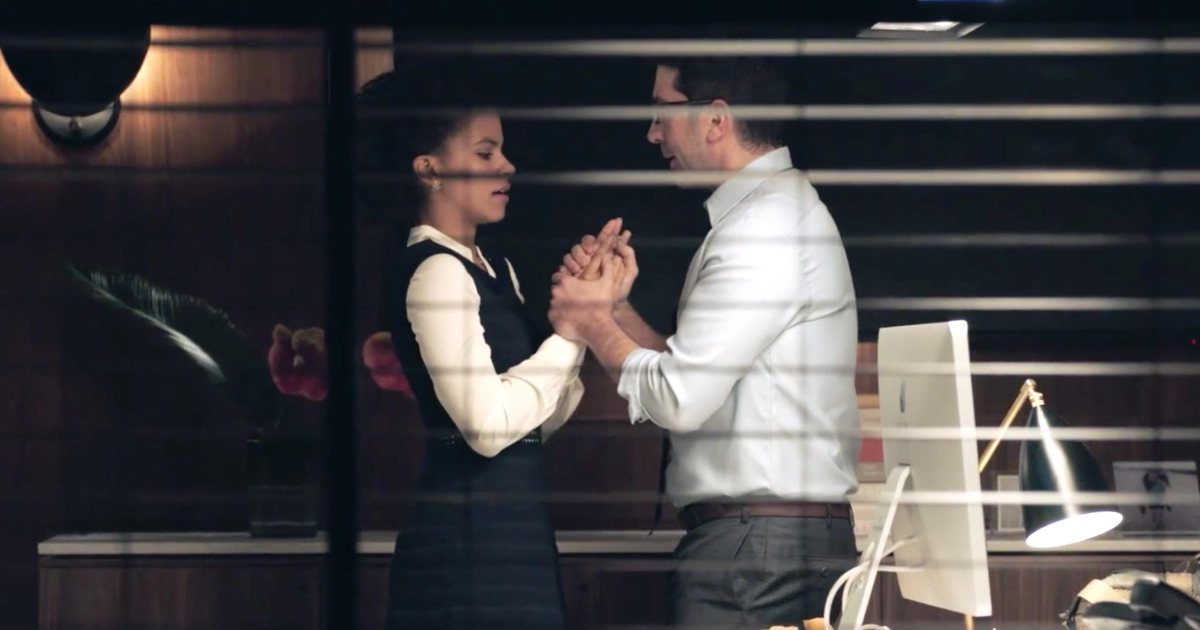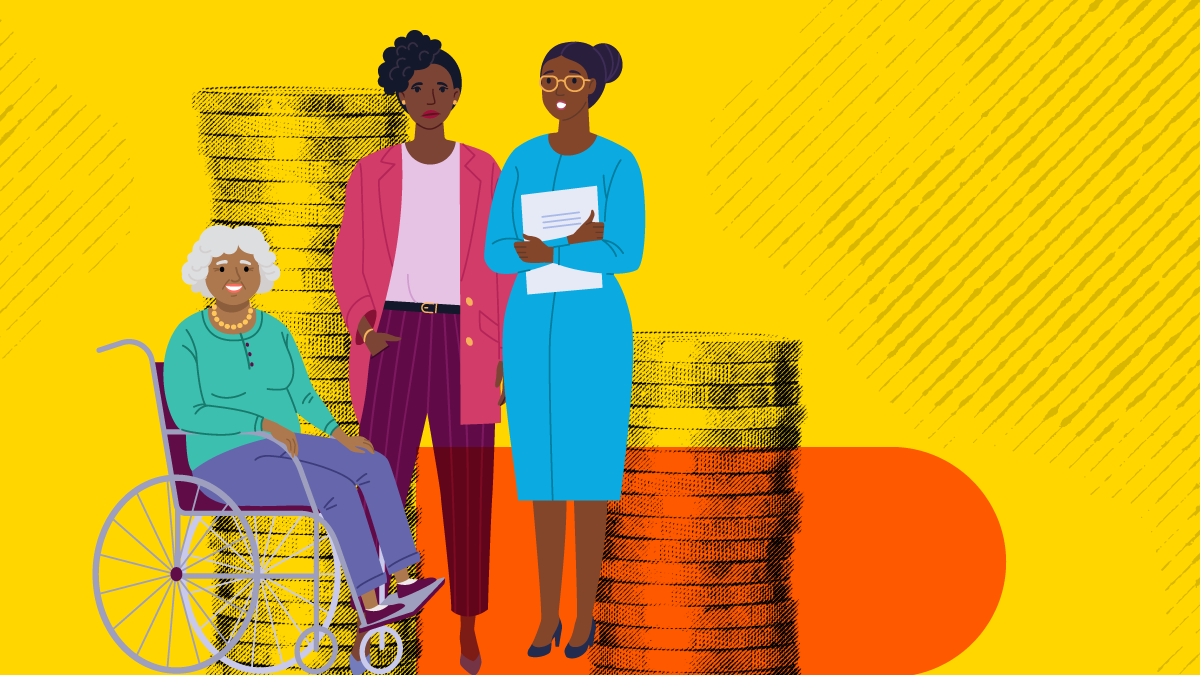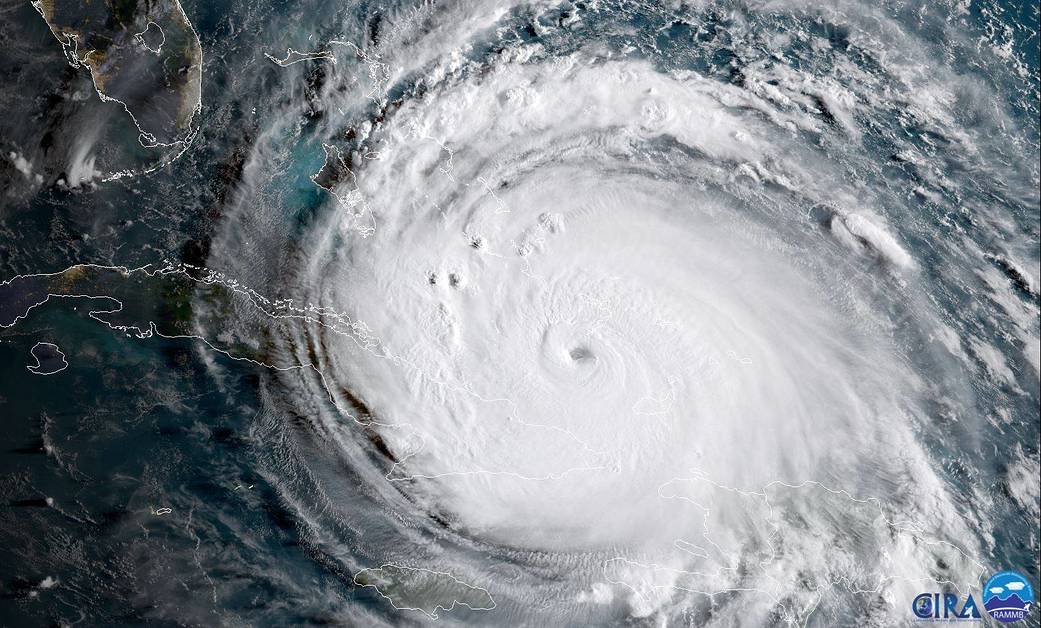#ThatsHarassment Campaign Tools Can Help Employers Prevent Harassment


Employers play an important role in ending our culture of pervasive sexual harassment, and creating safe and equitable workplaces. This means not only strengthening policies and procedures for responding to harassment – whether in offices, in kitchens, or on construction sites — but also preventing sexual harassment in the first place.
Prevention is in the interest of both employers and employees. In addition to improving workplace safety and equality, prevention practices can help avoid the reduction in employee productivity and morale that harassment causes, as well as the costly litigation, settlements, higher insurance premiums, and negative publicity that can result for employers.
That’s why the National Women’s Law Center joined the Ad Council, actor and producer David Schwimmer, writer and director Sigal Avin, and the Rape, Abuse & Incest National Network (RAINN) for “That’s Harassment,” a national campaign to empower victims and bystanders to speak out, and to provide tools help employers create a safe work environment.
As part of the campaign, NWLC developed a toolkit with several resources to help employers take action.
- “10 Ways Your Company Can Help Prevent Harassment in the Workplace” sets out important actions employers should take now to strengthen efforts to address and prevent harassment in the workplace.
- Our fact sheet “Sexual Harassment Prevention Strategies for Employers” outlines ideas for a workplace prevention program, from climate surveys, to strong protections against retaliation, to information about effective policies and training.
- The employer toolkit also includes a quarterly anti-harassment check-in as an example of a tool that can be used to communicate an employer’s ongoing commitment to preventing and responding to harassment and retaliation, and to holding harassers accountable for their conduct.
- The campaign includes six films, written and directed by Avin, that depict various cases of sexual harassment in professional settings, all based on real events. Employers can use the films, with the accompanying discussion guide, for workplace harassment education. (A group of experts recently analyzed one of the films.)
We can’t end sexual harassment without changing our culture and institutions, and we can’t do it alone. Everyone – survivor, advocate, policymaker, artist, employee, and employer – has an important role to play in making sure no one has to live or work in fear and silence.




